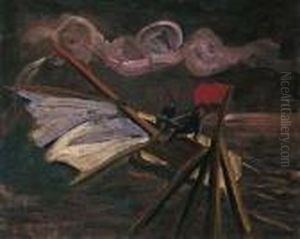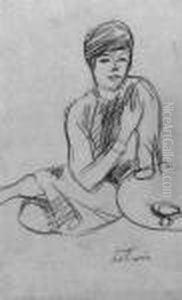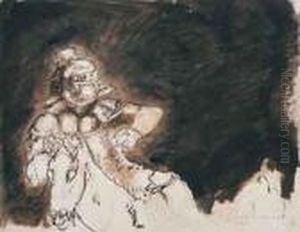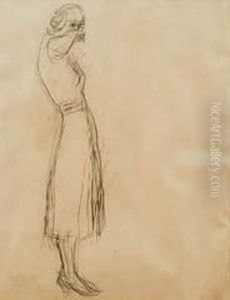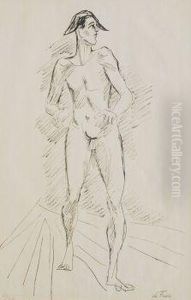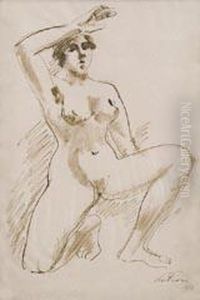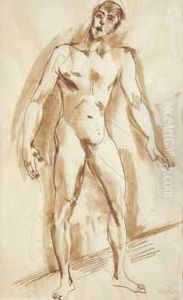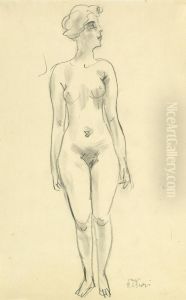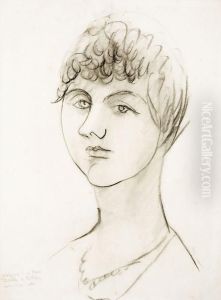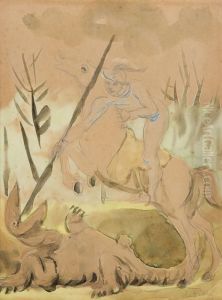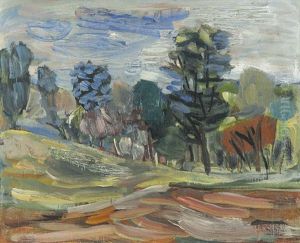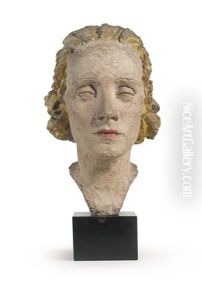Ernesto De Fiori Paintings
Ernesto De Fiori was an Italian artist known for his work in sculpture, painting, and drawing. Born on September 13, 1884, in Rome, Italy, he was part of a movement that sought to innovate and break from the academic traditions of the time. De Fiori started his artistic journey in Italy but later moved to Germany, where he became part of the vibrant art scene of the Weimar Republic.
De Fiori's early work was influenced by Symbolism and Art Nouveau, with a strong focus on the human figure and a tendency towards emotional expression. However, his style evolved significantly after World War I, as he became more involved with Expressionism. During his time in Germany, he developed a more abstract and fragmented approach to form, which was evident in both his sculptures and paintings. His work from this period reflects the turmoil and anxiety of the interwar years, characterized by a rough and tactile quality that emphasized the materiality of his sculptures.
In addition to his fine art practice, De Fiori also worked in applied arts, contributing to theatre and costume designs. His diverse skill set and innovative approach to materials and form made him a notable figure in early 20th-century modernism. Tragically, his promising career was cut short when he was killed during an allied bombing raid in São Paulo, Brazil, on August 25, 1945.
Despite his relatively short career, Ernesto De Fiori left a lasting impact on the art world. His works are held in various collections and have been exhibited internationally. His sculptures, often made from materials like plaster and bronze, reveal an intense exploration of the human condition and the psychological depth of his subjects. De Fiori's legacy is that of an artist who was able to capture the spirit of his time through a unique visual language that continues to resonate with audiences today.
